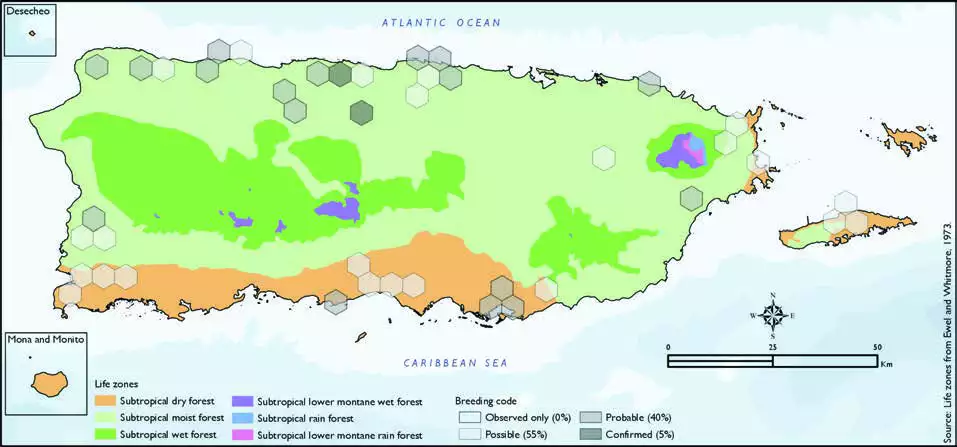Grasshopper Sparrow
Description
The grasshopper sparrow (Ammodramus savannarum) is a small New World sparrow. The genus Ammodramus contains nine species that inhabit grasslands and prairies.
These small sparrows measure 10–14 cm (3.9–5.5 in) in length, span about 17.5 cm (6.9 in) across the wings and weigh from 13.8 to 28.4 g (0.49 to 1.00 oz), with an average of 17 g (0.60 oz). Adults have upperparts streaked with brown, grey, black and white; they have a light brown breast, a white belly and a short brown tail. Their face is light brown with an eye ring and a dark brown crown with a central narrow light stripe. There are regional variations in the appearance of this bird.
Call
This bird's song is a buzzy tik tuk zee, resembling the sound made by a grasshopper. Unlike some other members of the Ammodramus family of sparrows, they will readily sing from open and exposed perches.
Distribution & Habitat
The Grasshopper Sparrow is widespread from North
America to northwestern South
America including the West
Indies, where it is a common
year-round resident on Puerto
Rico, Hispaniola, and Jamaica
(Raffaele and others 1998). It is
a common resident in grasslands
of Puerto Rico (Oberle 2018),
and it has also been reported on
Vieques, where it is considered
an extremely rare resident in
winter, spring, and summer
(Gemmill 2015). Habitat includes
mostly weedy fields and pastures
with tall grasses (Oberle 2018,
Raffaele and others 1998). The
atlas fieldwork yielded a total of 66 records within 42 hexagons
or 9 percent of the 479 total
hexagons (see map). Of the 42
hexagons where this species
was found, breeding met the
atlas definition of confirmed in
5 percent (2) of the hexagons,
probable in 40 percent (17),
and possible in 55 percent (23)
(see map).Grasshopper Sparrow distribution. The map shows the highest breeding code by hexagon and overlaying the ecological life zones
in Puerto Rico. Note: percentages may not total 100 due to rounding.

Breeding Habits
Previously published reports indicate that the Grasshopper
Sparrow breeds primarily from
May to August but also in other
months (Raffaele and others
1998). The nest consists of a
dome-shaped structure that is
usually made of dry weeds, 257Grasshopper Sparrow/Gorrión Chicharrarootlets and hairs, and is built hidden in the grass or ground
(Biaggi 1997). Atlas results show
that this species basically breeds
throughout the year with the
most breeding activity from
May to July (see chart). The
breeding activity peaks in May,
and it mostly takes place within
the subtropical moist forest life
zone (see chart). Results show
that this species breeds mostly
on the coastal plain and mostly
within the subtropical moist
forest life zone (57 percent
of the hexagons), but it also breeds within the subtropical
dry forest life zone (40 percent
of the hexagons) and rarely in
the subtropical wet and lower
montane wet forest life zones
at higher elevations (2 and
2 percent of the hexagons,
respectively) (see table
and map).
Conservation
The current population trend for the Grasshopper Sparrow
is described as decreasing in
North America (Butcher and Niven 2007). Nonetheless, it
is currently listed as a species
of least concern by the IUCN
(BirdLife International 2018).
Locally, this species is not
listed in any of the threatened
categories of PRDNER and
USFWS. In Puerto Rico, the
Grasshopper Sparrow has a
protected habitat in land of
about 17 percent or 166 km2 of the total area covered by
the hexagons where evidence
of breeding was found for this
species (1004 km2).
Related Species
Family:
sparrow